
Multicultural heritage etched into a hillside
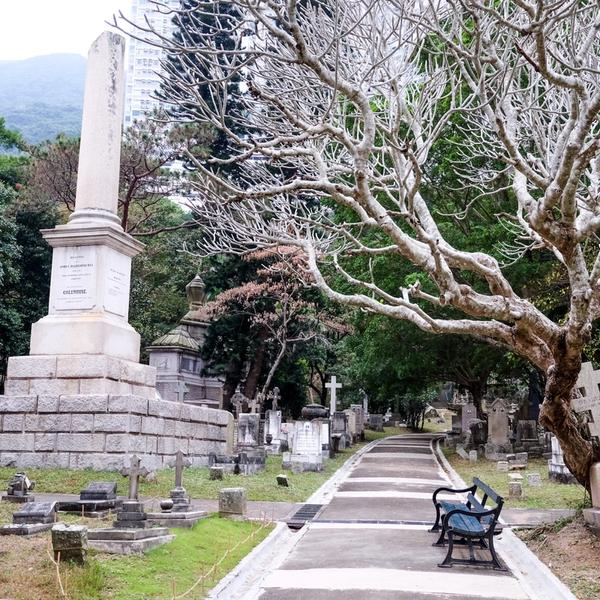
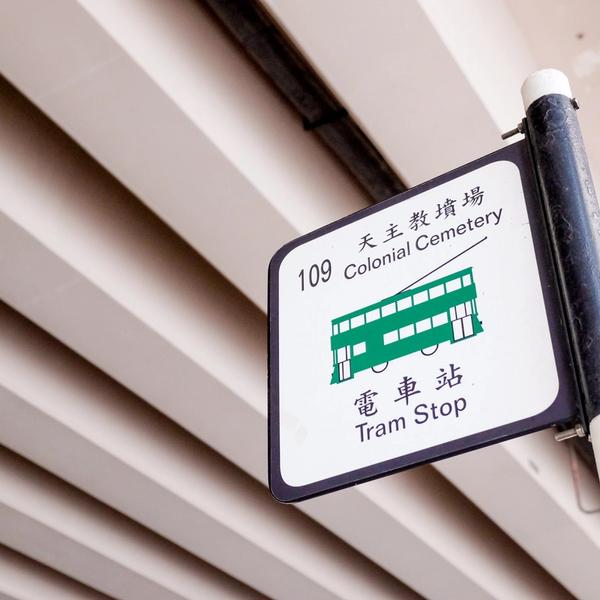
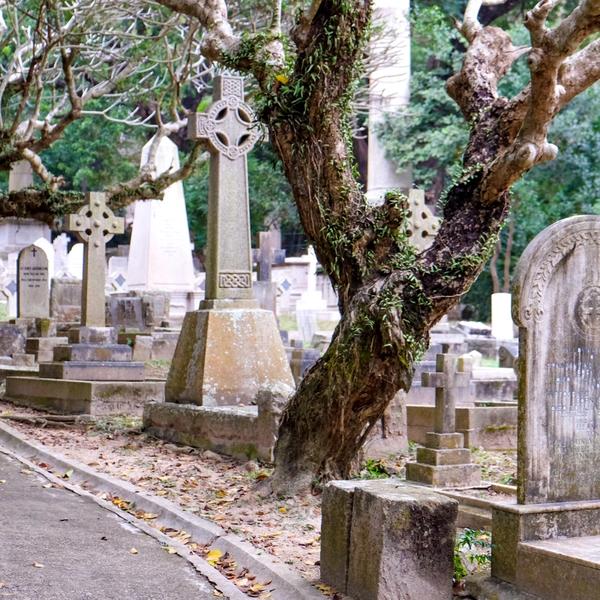
- Wong Nai Chung Road
- Open daily 7am-6pm
The Happy Valley cemeteries are a window in the diverse inhabitants of Hong Kong’s colonial past.
Hallowed grounds
Death is a natural fact of life, something the British soon realized after they arrived in Hong Kong. For many, it came all too quickly. Many British troops camped out in the Wong Nai Chung valley succumbed to malaria, and as they were buried nearby, the area soon became known as Happy Valley – a sly euphemism that was commonly used for areas full of cemeteries.
Cultural diversity
These days, the Happy Valley cemeteries are a window in the diverse inhabitants of Hong Kong’s colonial past. There are cemeteries for Jews, Catholics, Protestants, Parsees, Hindus and Muslims. The different sections for each religion were designated in part to accommodate varying burial rites; early Japanese migrants to Hong Kong were given their own small section of the Protestant cemetery after Europeans complained of the incense they burned during their burial rites.
Famous inhabitants
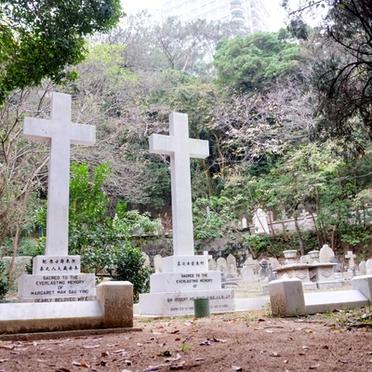
The Happy Valley cemeteries have some famous residents, including influential figures from the early colonial era like Sir Paul Catchick Chater, an influential Indo-Armenian businessman, and Sir Robert Hotung, the city’s first Eurasian tycoon.
South Asian heritage
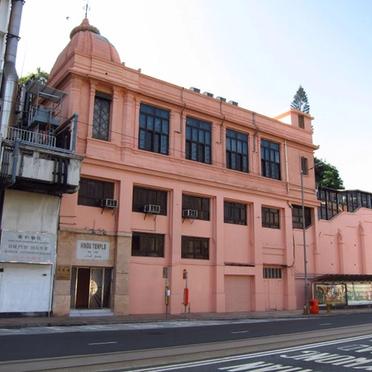
The cemeteries are bookended by two temples that serve Hong Kong’s large and well-established South Asian community: the Sikh Temple, established in 1870, on Queen’s Road East, and the Hindu Temple, built in 1953 on Wong Nai Chung Road.
